Description
A Rare and Regal Princess for your Collection
Evoke the spirit of the tropics with the Heliconia psittacorum ‘Lady Di Variegata’. This breathtaking variety, named in homage to the timeless elegance of Lady Diana, offers a vibrant display reminiscent of paradise. Its elongated bracts burst forth in fiery shades of red and orange, cradling delicate, petite flowers, much like the plumage of tropical birds.
The ‘Lady Di Variegata’ stands out with its striking variegated foliage – a beautiful canvas of greens, creams, and yellows, adding another layer of visual intrigue. Thriving in warm climates and loving the embrace of indirect sunlight, it becomes a magnetic centerpiece in gardens and patios.
Beyond its aesthetic allure, this Heliconia variety is a pollinators’ delight, attracting hummingbirds and butterflies with its nectar-rich blossoms. Immerse yourself in a world of tropical splendor with the Heliconia psittacorum ‘Lady Di Variegata’ and let your garden resonate with regal beauty.
Caring for your Heliconia
Heliconia, often referred to as “Lobster Claw” or “Parrot Flower,” is a tropical plant native to the rainforests of Central and South America. Recognized for its bright and exotic flower bracts and lush foliage, Heliconia can make a stunning indoor plant if given the proper care. Here’s a comprehensive guide to ensuring your indoor Heliconia thrives:
Light
Heliconias are light-loving plants. Place them near windows that receive bright, indirect sunlight. Direct sunlight can cause leaf burn, while insufficient light can inhibit flowering. A well-lit spot, shielded from the harsh afternoon sun, is ideal.
Soil
Heliconias favor well-draining soil to prevent root rot. Use a high-quality potting mix, preferably a mix designed for tropical plants. Ensure the pot has adequate drainage holes. Repot your Heliconia every 2-3 years, as they can become root-bound and outgrow their containers.
Water
Watering is a delicate balance. Over-watering can lead to root rot, while under-watering can cause leaves to brown. Check the top inch of soil; if it’s dry, it’s time to water. Ensure water drains freely from the pot’s base and never let your Heliconia sit in standing water.
Humidity is also crucial. Indoor air, especially during winter, can be dry. To elevate humidity:
- Place a humidity tray (a shallow tray filled with water and pebbles) under your plant pot.
- Regularly mist the plant’s leaves.
- Consider investing in a humidifier if you live in a particularly dry region.
Fertilizier
Feed your indoor Heliconia with a balanced, water-soluble fertilizer every 6-8 weeks during the growing season (spring and summer). During fall and winter, reduce feeding to once every 2-3 months. This ensures they get essential nutrients that might be missing from the potting mix.
Pruning
Pruning helps maintain your Heliconia’s shape and size, especially vital for indoor settings. Remove dead or yellowing leaves regularly. Once the flower bracts fade, prune them to encourage new growth. Annual pruning, typically at the beginning of the growing season, can invigorate the plant.
Pest and Disease Management
Heliconias are relatively resistant to pests and diseases, but they’re not immune. Spider mites, mealybugs, and aphids can sometimes infest indoor Heliconias. Regularly inspect the leaves, stems, and soil for any signs of these pests.

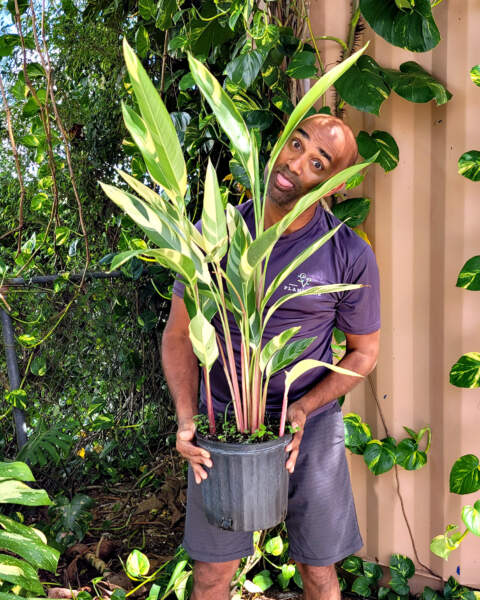
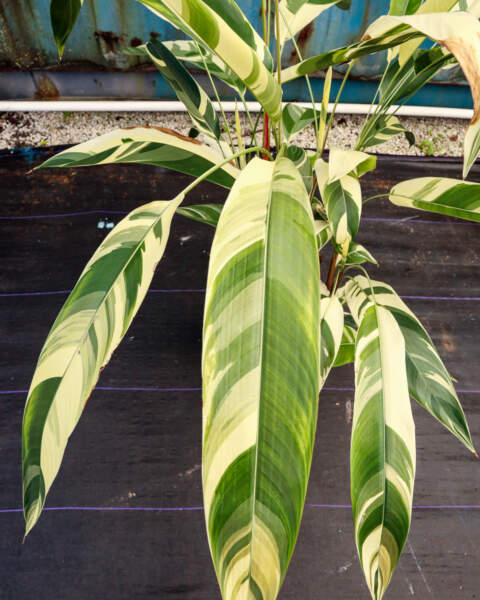
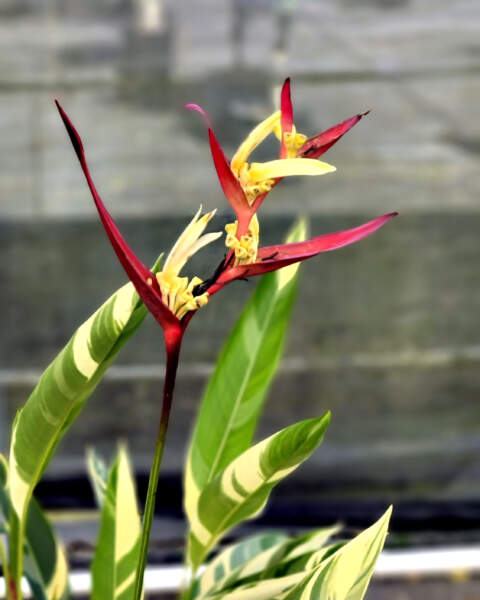
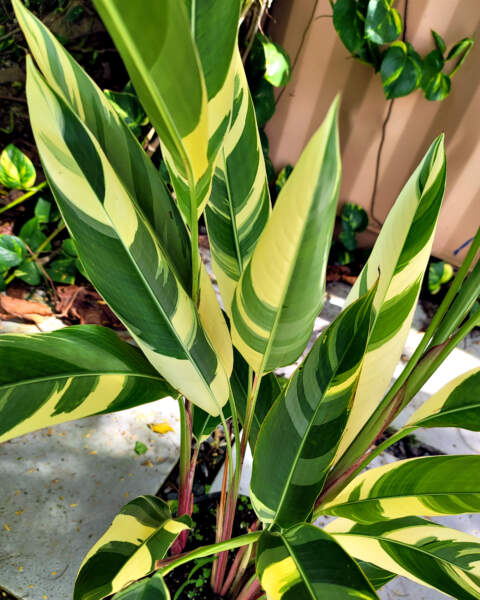
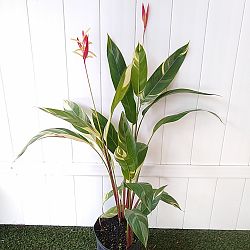
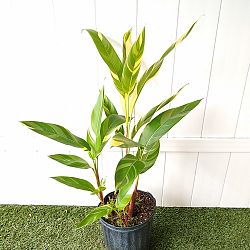
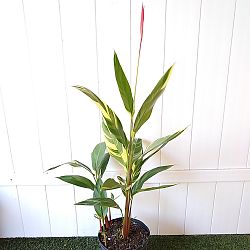
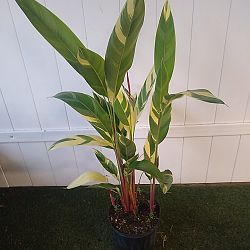
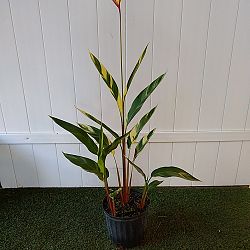
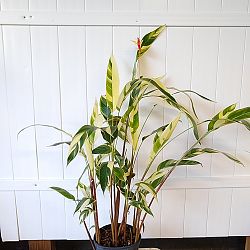

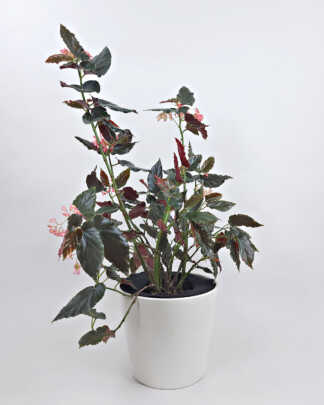





Reviews
There are no reviews yet.